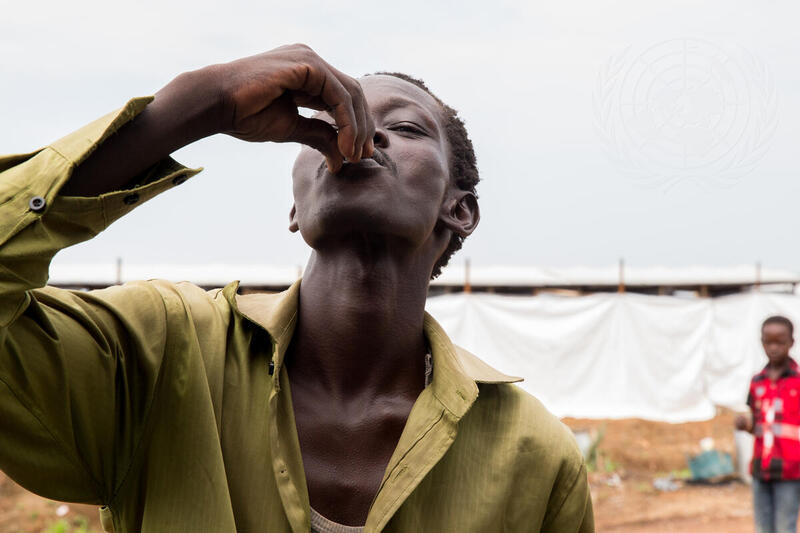
Sustainable Access to Antibiotics, Vaccines, & Diagnostics
People facing the highest risk of infection and the highest rates of drug resistance have the most difficulty getting the antibiotics, vaccines, and diagnostics they need.

Equity and Human Rights
People’s access to the right treatment at the right time is a critical component of an equitable antimicrobial resistance (AMR) agenda.
Evidence: Currently, lack of access to effective antibiotics causes eight times more deaths than antibiotic resistance itself. (Source)
This message is reflected in the U.N. political declaration in PP1, PP4, PP14-15, OP18, OP54.
Universality of Access Challenges
Access to new and existing antibiotics, vaccines, and diagnostics is integral to countering AMR; though many barriers to access persist in countries of all income levels, but especially for low- and middle-income countries (LMICs) and vulnerable populations.
Evidence: Fewer than half of the new antibiotics that entered the market between 1999 and 2014 were made available in more than 10 countries. (Source)
This message is reflected in the U.N. political declaration in PP5, OP39-40, OP43.
Policies and Strategies to Increase Access
Expanding sustainable access globally requires continuous innovation, clear stewardship, and access conditionalities in research & development (R&D) incentives, new regulatory approaches, and more robust efforts from product developers to reach all patients in need as quickly and equitably as possible.
Evidence: Only 35% of currently available NAPs present comprehensive and targeted strategies on antibiotic access and use. (Source)
This message is reflected in the U.N. political declaration in OP37, OP42-45, OP64.
Access and Utilization of Diagnostics
Although diagnostics have been shown to reduce antimicrobial use without increasing mortality, diagnostics remain inaccessible and underutilized in many healthcare settings.
Evidence: Many hospitals in LMICs rely on traditional culture- based methods, in which bacteria from patient samples need to be grown, or cultured, to identify the specific pathogen and conduct antibiotic susceptibility testing—a process that can take two to three three days. (Source)
This message is reflected in the U.N. political declaration in OP39, OP40, OP50, OP53.
Expanded Registration of Products
Filing for registration is a vital first step towards introducing a medical product into a country, allowing new products to be imported and sold.
Evidence: The 2021 Antimicrobial Resistance Benchmark found that access strategies were in place for just 26% of off-patent/generic medicines and 41% of on-patent medicines from companies assessed. (Source)
This message is reflected in the U.N. political declaration in OP45, OP88, OP92.
Access to Animal Health Products
Increasing the availability of high-quality vaccines for animals is a critical way to reduce the need for antibiotics among livestock.
Evidence: Investments in animal health vaccines have decreased by 59% since 2018. (Source)
This message is reflected in the U.N. political declaration in OP39, OP67, OP73.